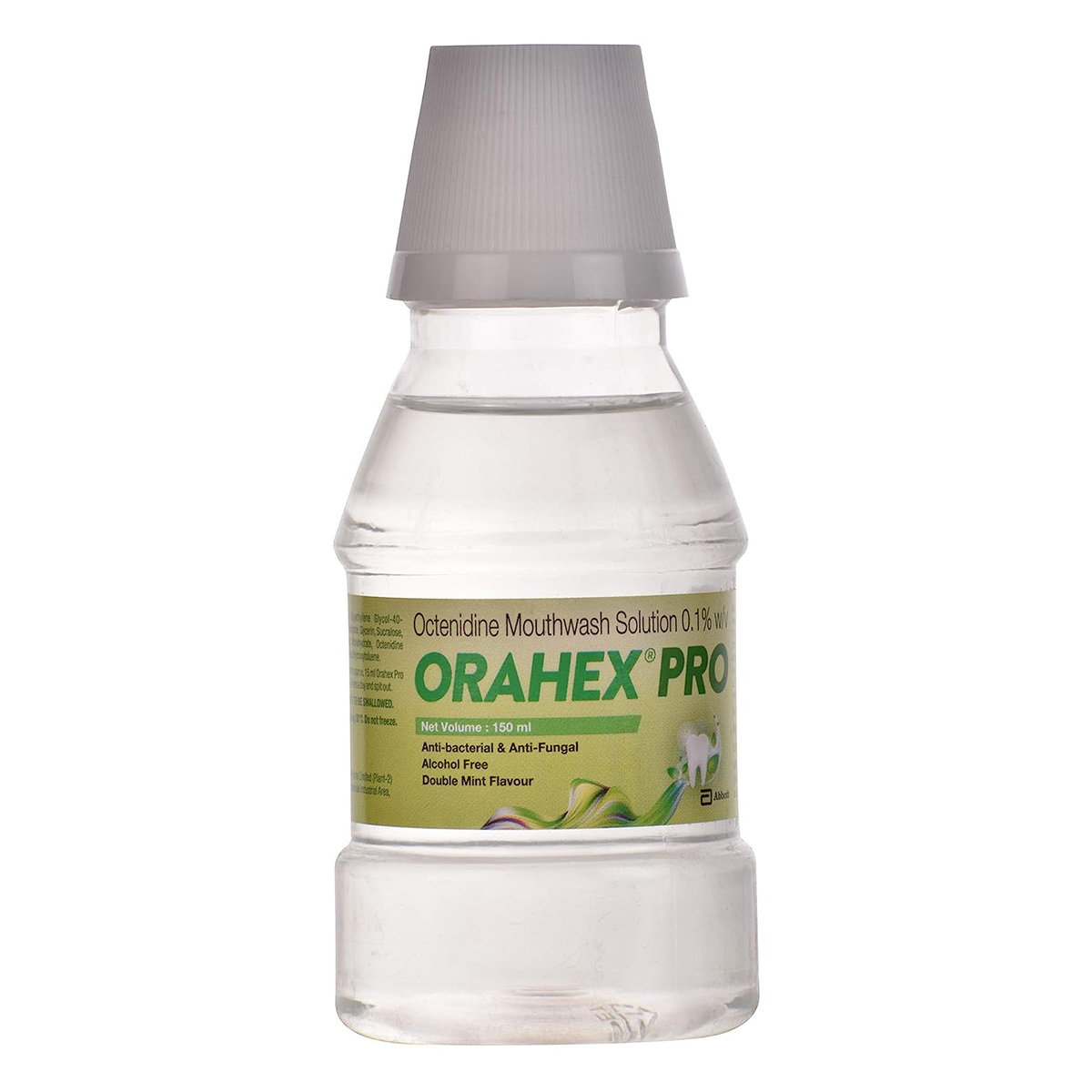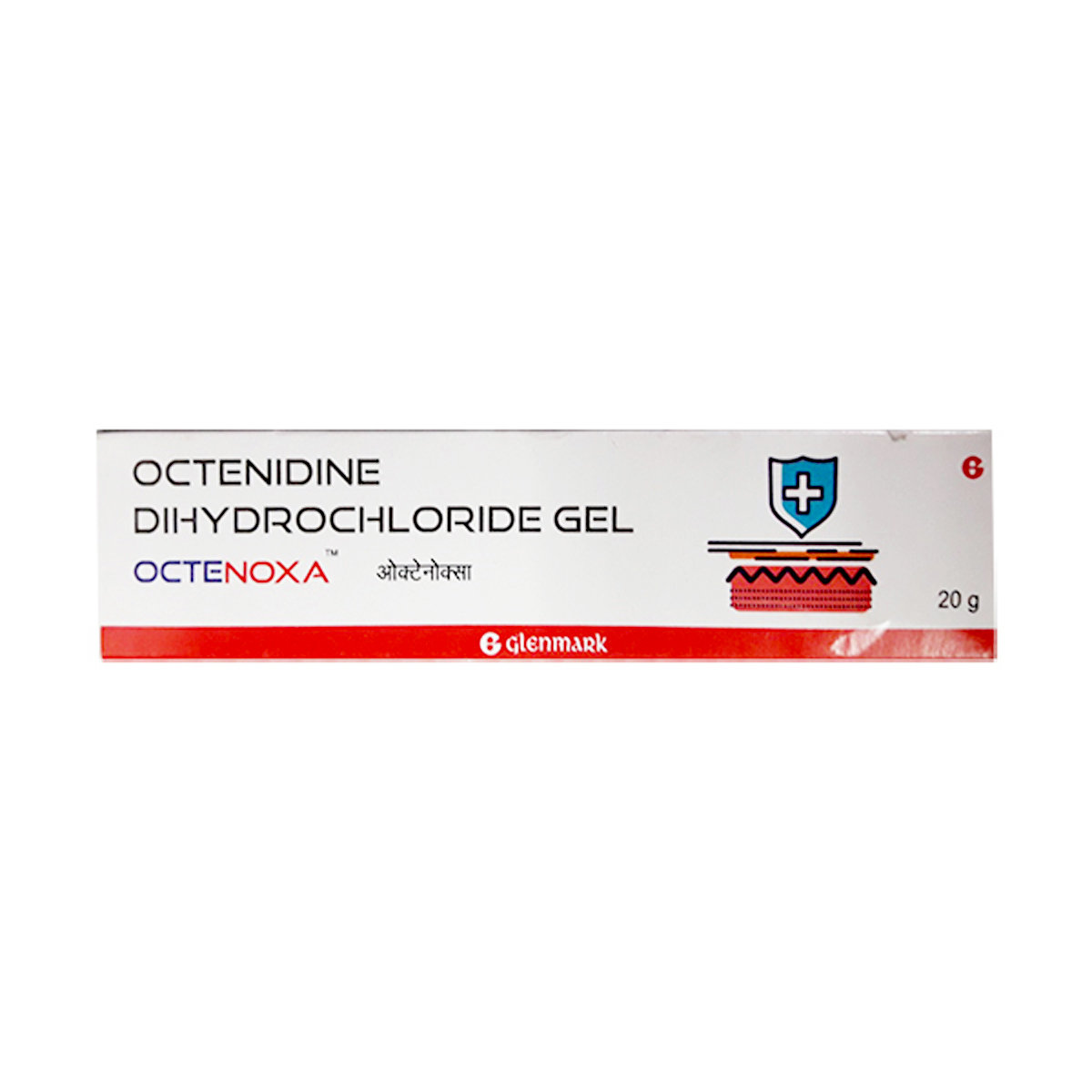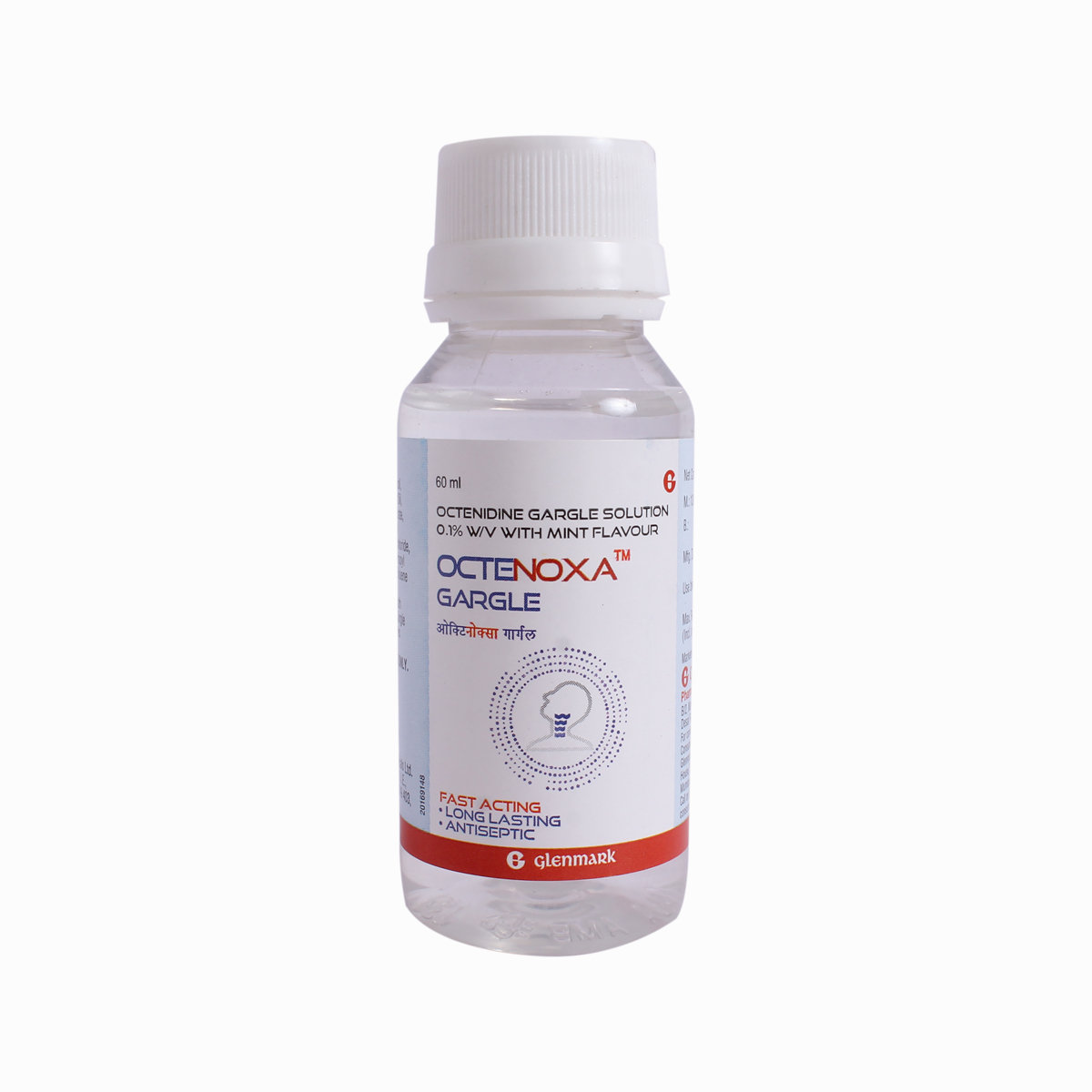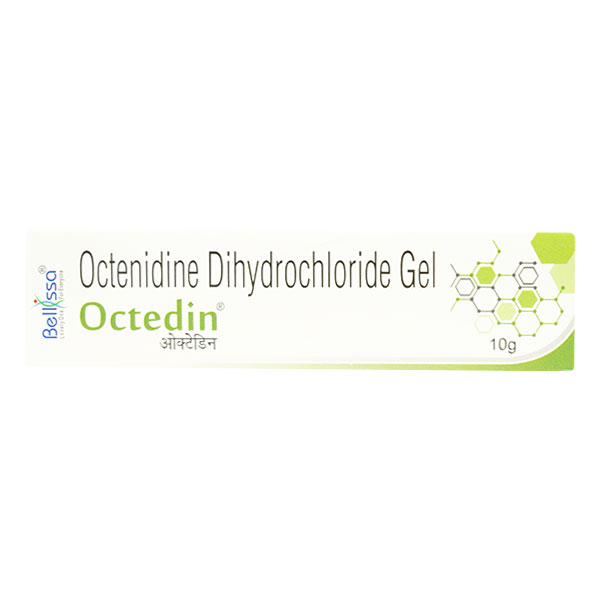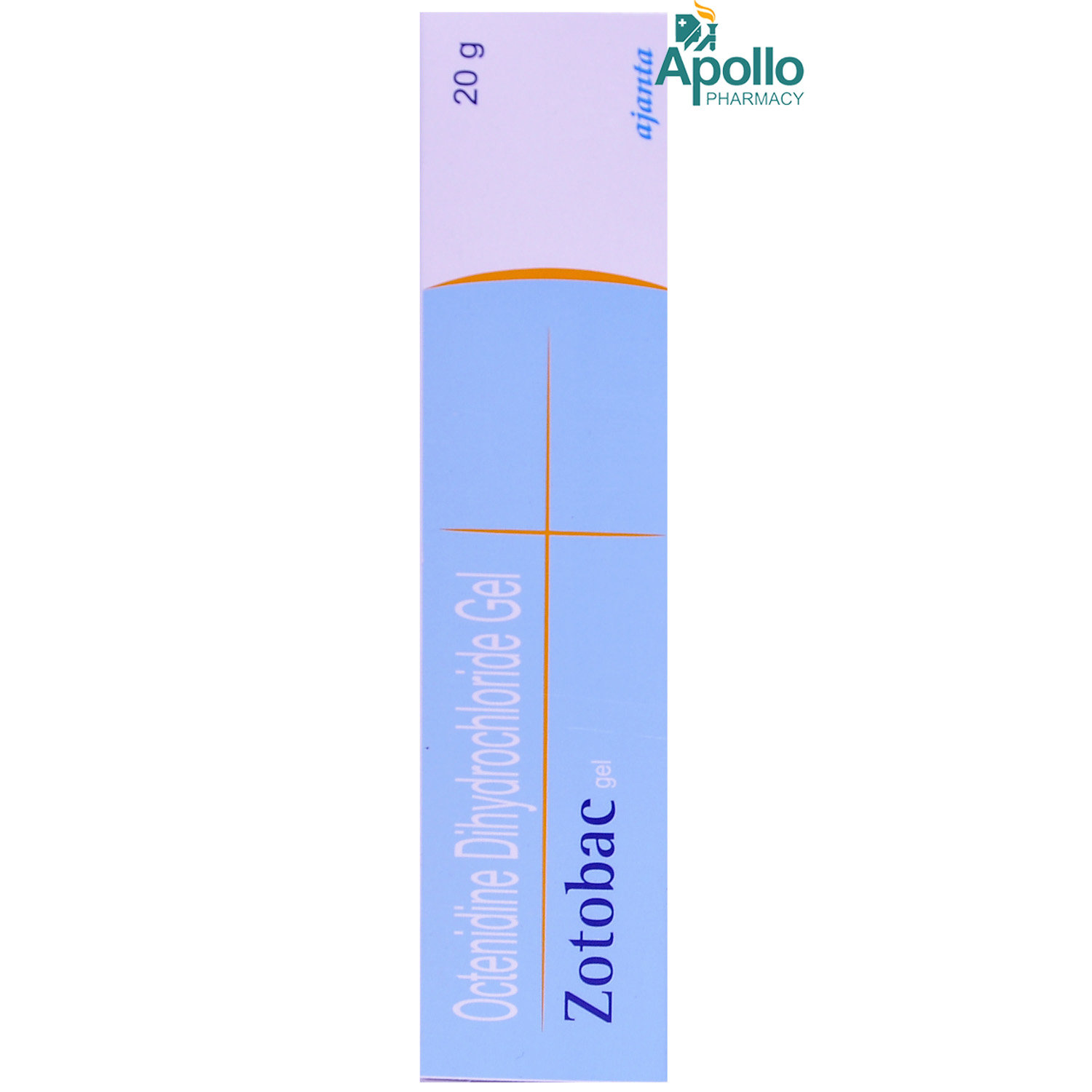Octenidine
About Octenidine
Octenidine belongs to the class of medications called 'antiseptics’, primarily used to treat and prevent bacterial skin infections. A bacterial infection is a condition in which bacteria grows in the body and cause infection. It can target any body part and multiple very quickly.
Octenidine contains octenidine. It works by inhibiting the growth of infection-causing microbes. This medicine is effective against skin infections such as impetigo (infection caused by strains of staph or strep bacteria), boils, and infected hair follicles. Also, it is used to treat skin infections in wounds, minor cuts or burns.
Octenidine is for external use only. The common side effects are application site reactions (redness, irritation or burning sensation). These side effects gradually resolve during the treatment and do not require medical attention.
Let your doctor know if you are allergic to any of the contents of this medication. Consult your doctor before using this medicine if you are pregnant or breastfeeding. Be cautious while driving and operating machinery, as it is unknown if this medication interferes with your ability to drive. This medication should not be used by children unless prescribed by a doctor.
Uses of Octenidine
Medicinal Benefits
Octenidine belongs to the class of medications called 'antiseptics’, primarily used to treat and prevent bacterial skin infections. It works by inhibiting the growth of infection-causing microbes. This medicine is effective against skin infections such as impetigo (infection caused by strains of staph or strep bacteria), boils, and infected hair follicles. Also, it is used to treat skin infections in wounds, minor cuts or burns.
Directions for Use
Storage
Side Effects of Octenidine
- Itching
- Redness
- Burning
- Irritation at the application site
Drug Warnings
Avoid applying Octenidine on sunburns, lesions, blisters, and open wounds. Let your doctor know if you plan to become pregnant or are already pregnant or a lactating mother. If you apply Octenidine to breasts or nipple for treatment, wash it off while nursing your baby. Do not swallow Octenidine. If it accidentally comes in contact with the eyes, nose or mouth rinse with water immediately. Consult your doctor immediately if any side effects persists.
Drug Interactions
Drug-Drug Interactions: Octenidine may interact with other antiseptics.
Drug-Food Interactions: No interactions found/established.
Drug-Disease Interactions: No interactions found/established.
Drug-Drug Interactions Checker List:
Safety Advice

Alcohol
cautionOctenidine does not interact with alcohol. However, you are recommended to avoid alcohol consumption while using medication.

Pregnancy
cautionPlease consult your doctor before using Octenidine if you are pregnant or planning to conceive. Your doctor will prescribe Octenidine if he/she thinks the benefits outweigh the risks.

Breast Feeding
cautionInformation regarding the use of Octenidine in breastfeeding mothers is not available. Please consult your doctor for further advice.

Driving
safe if prescribedOctenidine is generally safe to use before driving. However, if you notice any side effects, avoid driving and operating machinery until you feel better.

Liver
cautionLet your doctor know if you have any history of liver diseases before using Octenidine.

Kidney
cautionLet your doctor know if you have any history of kidney diseases before using Octenidine.

Children
safe if prescribedPlease consult the doctor. Your doctor will prescribe Octenidine depending on your child's severity of infection or wounds.
Habit Forming
Diet & Lifestyle Advise
- Use mild soap while taking baths and prefer warm baths.
- Always wear loose-fitting clothes to avoid further sweat and spread of skin infection.
- Regularly change your socks and wash your feet. Avoid shoes that make your feet sweaty and hot.
- Do not walk barefoot at places like gym showers to prevent bacterial infections.
- Do not scratch the affected area of skin as it can spread the infection to other body parts.
- Avoid sharing towels, combs, bedsheets, shoes, or socks with others.
- Wash your bedsheets and towels regularly.
- Avoid or limit the intake of alcohol and caffeine.
- Manage stress, eat healthily, drink plenty of water, exercise regularly, and get plenty of sleep.
Special Advise
- Do not cover the area being treated with Octenidine with a bandage, unless suggested by a doctor.
Patients Concern
Disease/Condition Glossary
Bacterial Infection: A bacterial infection is a condition in which harmful bacteria enter, multiply, and infect our body. It can target any body part and multiple very quickly. When you get infected with bacteria, you can experience generalized symptoms, like fevers, chills, and fatigue. Bacteria are of various forms comprising commonly of spherical, rod, and spiral-shaped. Bacterial infections vary from minor illnesses like sore throat and ear infections to severe brain infections like meningitis and encephalitis. Few harmful bacteria that cause infections include Streptococcus, Staphylococcus, and E. coli. Anyone can become infected with a bacterial infection. People with weak immune systems or taking immunosuppressive medicine can make them more prone to bacterial infection.
FAQs
Octenidine contains Octenidine, which has antiseptic, anti-bacterial and anti-fungal properties. It works by preventing microbe's growth by interfering with its cell wall formation. Hence, helps to treat the infection.
No, never use a larger amount than the recommended dose of Octenidine as it may lead to serious health problems that may not be reversible. So, if you feel you are not recovering, please consult your doctor and do as prescribed.
Please do not stop using Octenidine without consulting your doctor even if you find symptomatic relief as discontinuing suddenly may worsen the condition. Therefore, complete the full course as your doctor has prescribed it, and if you experience any difficulty while using, please consult your doctor.
Please consult your doctor if you are using any other topical medicines before starting Octenidine. However, it is advised to maintain a 2-3 hour gap before using two topical medications.

